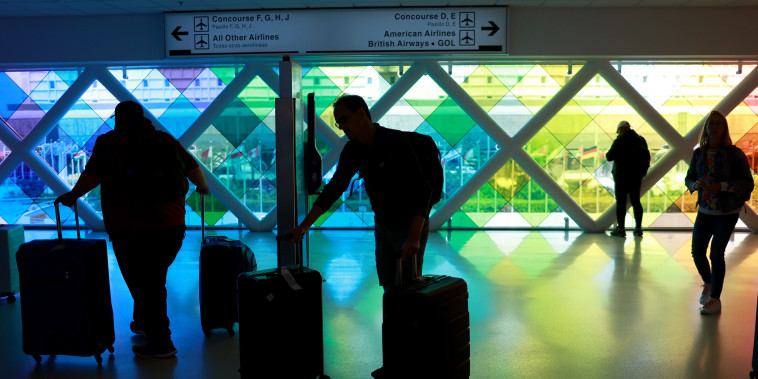The aviation industry has been faced with a peculiar situation recently, one that presents a somewhat perplexing dilemma. On one hand, air travel demand is breaking records, with more passengers than ever opting to take to the skies. Yet, on the flip side of the coin, airline profits are not reflecting this surge in demand. This dissonance has left industry analysts scratching their heads and airlines scrambling to find ways to reconcile the disparity.
Several factors contribute to this disconnect between soaring demand and stagnant profits within the airline industry. One notable factor is the relentless rise in operational costs that airlines are facing. While passenger numbers surge, the cost of fuel, maintenance, and labor also continues to climb, eating into the profit margins of airlines. This uphill battle against escalating expenses has proven to be a significant challenge for many airlines trying to remain profitable in the current market.
Furthermore, intense competition among airlines has also played a role in preventing airlines from fully capitalizing on the increased demand for air travel. The competitive landscape within the industry has led to aggressive pricing strategies and frequent fare wars as airlines vie for a larger share of the market. While this fierce competition may benefit consumers through lower ticket prices, it often comes at the expense of airlines’ bottom lines.
Moreover, the ongoing impact of external factors such as geopolitical instability, fluctuating exchange rates, and unpredictable events like natural disasters or global health crises further compound the challenges faced by airlines in maximizing their profits. These external forces can introduce volatility and uncertainty into the industry, making it difficult for airlines to predict and plan for potential disruptions to their operations and revenue streams.
In response to these challenges, airlines have been exploring various strategies to boost their profitability in the face of record-breaking demand for air travel. One approach that many airlines have adopted is the optimization of route networks and flight schedules to maximize efficiency and minimize costs. By focusing on high-demand routes and adjusting flight frequencies to match passenger demand, airlines can streamline their operations and improve their overall profitability.
Additionally, airlines have been investing in technology and digital innovation to enhance the passenger experience, increase ancillary revenue, and streamline their operations. By leveraging data analytics, artificial intelligence, and other technological tools, airlines can gain valuable insights into passenger preferences and behavior, allowing them to tailor their services and offerings to better meet customer needs and drive revenue growth.
Despite the challenges posed by rising operational costs, intense competition, and external uncertainties, the future of the airline industry remains promising. As air travel demand continues to reach new heights, airlines have the opportunity to capitalize on this trend by implementing strategic initiatives that focus on cost efficiency, technological innovation, and customer-centricity. By adapting to the evolving landscape of the aviation industry, airlines can navigate the complexities of the market and position themselves for long-term success in an increasingly competitive environment.
